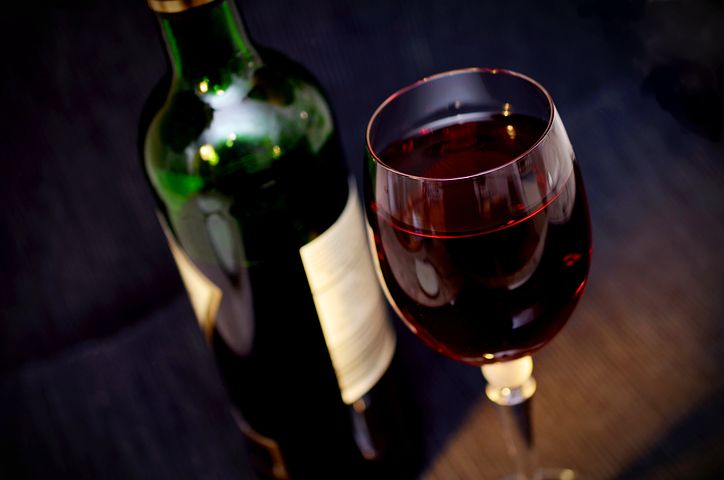Today’s food and beverage consumers are evolving at an increasingly rapid pace. They want multiple choices, interesting flavors, excellent customer service and, above all else, convenience. As it turns out, wine consumers are no exception.
Silicon Valley Bank’s State of the Wine Industry 2018 predicts that wineries will need to adapt to a “different consumer with different values” in order to be successful over the next decade. According to the study, that consumer will have less discretionary income, be somewhat frugal and be an avid internet user. While these attributes are not unique to wine consumers, they tell the tale of how the industry is evolving to cater to today’s imbibers.
How technology and convenience are changing the game
Much like the larger grocery and retail industries, the wine industry is facing an uphill battle when it comes to e-commerce and changing consumer preferences about when and how they buy products. “Consumers are changing as part of retail changes as a whole, so wine consumers are changing a bit as well,” says Jon Moramarco, managing partner of BW 116 and editor at Gomberg, Fredrikson & Associates.
Tom Wark, executive director of the National Association of Wine Retailers, agrees that the industry is gradually shifting due to the nature of today’s shoppers. “Active wine consumers are changing in the way that any other consumer is changing,” he says. “Expectations on how they obtain and learn about products is changing.”
Those expectations, driven partially by today’s millennial consumers, are changing the way retailers and winemakers alike must do business. This younger generation of wine drinkers, as well as their Baby Boomer counterparts, is becoming more apt to order something online than walk into a store and buy it. They’re also more informed and media-savvy than ever before.
“Technology allows them to immerse themselves in the industry as well as purchase wines in a manner that’s far easier than ever before,” Wark explains. “They have these expectations that everything you want, you can find it online.”
The push for convenience among today’s consumers is perhaps one of the biggest factors bringing about changes to the wine industry. “As you look at consumers today, they want convenience,” says Moramarco. “Everyone has gotten used to Amazon Prime and things being delivered to their door.”
Convenience-focused consumers want a frictionless shopping experience and expect a certain ease when interacting with any given company.
The industry’s answers
The wine industry is heeding the call to make changes to the way it does business, especially when it comes to millennials and female shoppers. Studies by the Wine Market Council and Nielsen have found that women are outpacing men in the purchasing and consumption of wine, and millennials are quickly becoming the generation with the greatest spending power. To that end, many companies have rolled out new and refreshed packaging aimed at those consumers, such as small-format wine and champagne, as well as wine in a box or can. Retailers are offering wine at multiple locations throughout a store and providing pamphlets with wine and food pairings.
While products are a big part of any retailer or winery’s success, e-commerce channels are becoming increasingly relevant in today’s retail environment. “If you don’t have a compelling, easy-to-use online presence, then the customer who originally went to your website and saw that you didn’t care about online interactions will go to someone else,” Wark says. “You’ve got to put as much thought into your online storefront as your physical storefront”
Wark also believes that wine retailers must do a better job at providing customers with an elevated, memorable experience. While some may rely on convenience and a decent inventory, more people want to return to a place where they’ve had a good experience, he says. Whether it’s through seminars, tastings or just having people on the floor who love catering to what people want, it’s important to “get people to come back not just because of selection, but because of the experience,” Wark says.
Indeed, “Successful companies will be those that evolve retail strategies away from the winery locations as the sole point of experience and find other, scalable means of delivering the experience — and the wine — to consumers where they live,” according to the SVB study.
__________________________________________________
If you enjoyed this article, sign up for CIA Wine and Beverage SmartBrief to get news like this in your inbox, or check out all of SmartBrief’s food and beverage newsletters, as we offer over 20 newsletters covering the industry from restaurants to food retail to food manufacturing. And be sure to follow us on Twitter for the latest industry news.
